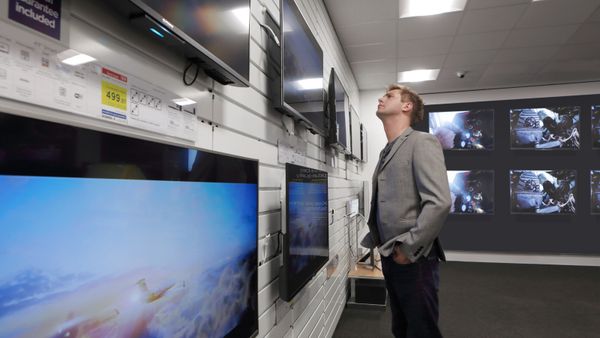Imagine having a high-definition TV that is 80 inches wide and less than a quarter-inch thick, consumes less power than most TVs on the market today and can be rolled up when you're not using it. What if you could have a "heads up" display in your car? How about a display monitor built into your clothing? These devices may be possible in the near future with the help of a technology called organic light-emitting diodes (OLEDs).
OLEDs are solid-state devices composed of thin films of organic molecules that create light with the application of electricity. OLEDs can provide brighter, crisper displays on electronic devices and use less power than conventional light-emitting diodes (LEDs) or liquid crystal displays (LCDs) used today.
Advertisement
In this article, you will learn how OLED technology works, what types of OLEDs are possible, how OLEDs compare to other lighting technologies and what problems OLEDs need to overcome.


